Your
benefit
U:R4-TIA – Transport Impact Analysis – is an addition to SAP change management tools such as Solution Manager®, ChaRM®, HALM, or external solutions. TIA checks the objects in transport requests and their use, which changes they make in the target system, or whether they can be generated, activated and executed without errors in the target system.
The following impacts are determined:
- Usage Impacts
- Element Impacts
- Impacts from overtakers
- Impacts by overwriters
- Impacts due to critical objects
- Impacts due to dangerous objects
- Impacts due to transported objects from critical processes
If objects that cause the usage and element impacts are in other transport requests, TIA proposes the combination for a common transport.
U:R4-TIA ® carries out the tests across all systems. This is the only way to determine, for example, whether the objects used by the changes to be transported (function modules, deletions, etc.) are causing problems in the target system.

 Our experience shows that approx. 4-10% of transport orders are faulty or cause errors in target systems.
Our experience shows that approx. 4-10% of transport orders are faulty or cause errors in target systems. For each incorrect transport, our customers expect an average of four hours of direct correction work and costs of around €400 just for the correction transport.
How many SAP transports and how much correction work do you have in your system per year?
For each incorrect transport, our customers expect an average of four hours of direct correction work and costs of around €400 just for the correction transport.
How many SAP transports and how much correction work do you have in your system per year? Our customers also associate high indirect costs with the downtime or failure of critical SAP systems, with amounts in the tens of millions per individual incident.
Our customers also associate high indirect costs with the downtime or failure of critical SAP systems, with amounts in the tens of millions per individual incident.
 Our customers consistently agree: TIA helps. This in turn results in a perfect recommendation rate of 100%.
Our customers consistently agree: TIA helps. This in turn results in a perfect recommendation rate of 100%.